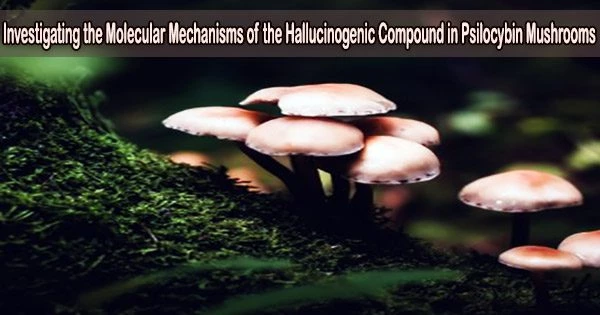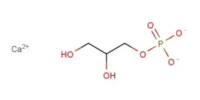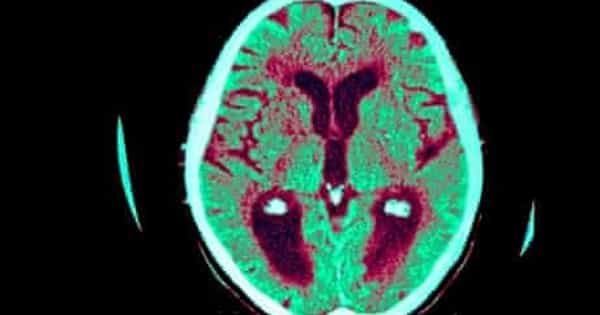About 200 different types of mushrooms, including the liberty cap (Psilocybe semilanceata), contain psilocybin, a hallucinogenic substance. Our ancestors have known and used this substance for countless years, and in recent years, it has attracted increased interest from scientists and therapists.
Many believe that the drug has the power to completely change how we approach diseases like severe depression and drug addiction. This is also the opinion of University of Southern Denmark researchers Himanshu Khandelia and Ali Asghar Hakami Zanjani from the Department of Physics, Chemistry and Pharmacy.
The two researchers have recently published their paper, titled “The Molecular Basis of the Antidepressant Action of the Magic Mushroom extract, Psilocin.” The article is the third in a series on the same topic from the two researchers (Interaction of psychedelic tryptamine derivatives with a lipid bilayer and Magic mushroom extracts in lipid membranes). The newest study’s co-authors are Teresa Quynh Tram Nguyen and Luise Jacobsen.
“My interest was piqued when I heard a podcast about treating smoking addiction with psilocybin. And since psilocybin mushrooms grow everywhere in Denmark I picked some in Svanninge Bakker it wasn’t difficult to start our research,” said Himanshu Khandelia.
Research shows that you experience something different. It is a form of hallucination. The characteristic is that patients may get a whole new perspective on their situation: for example, a terminally ill cancer patient may lose their fear of dying soon and instead experience acceptance of their life situation. Such sessions should take place in safe and guiding settings led by trained therapists. Today, no one would recommend just eating some mushrooms at home in their own living room.
Ali Asghar Hakami Zanjani
Together with Ali Asghar Hakami Zanjani, he is interested in understanding what happens at the molecular level when psilocybin enters the body, is converted to psilocin, and reaches the brain.
“Previous research has shown that psilocin binds to serotonin receptors in the brain. We show that psilocin binds stronger than serotonin to a 5-HT2AR serotonin receptor. This knowledge can be used if you want to design a drug that acts like psilocybin,” explained Ali Asghar Hakami Zanjani.
The two researchers do not intend to perform clinical trials or develop new medications because neither of them is a neuroscientist or a pharmacist. Their work focuses on understanding and explaining the molecular processes that take place when psilocin interacts with a brain cell, permeates its membrane, and binds to receptors.
“I would be very happy if society can use our research. Maybe someone will take this further and create a molecule that can be used in medical treatment for conditions like depression,” says Himanshu Khandelia.
Zanjani and Khandelia intend to carry out more study in this area, and they are currently looking at the process by which chemicals bind to receptors and cause psychoactive reactions.
Researchers that wish to investigate psilocybin treatments for ailments including depression, addiction, anorexia, and PTSD have more time than they’ve had in a long time.
Since the 1960s, many countries’ health authorities have had strict bans on researching hallucinogenic substances like psilocybin and LSD.
Prior to that, Swiss chemist Albert Hoffman discovered psilocybin and psilocin from the P. mexicana mushroom in 1959. While working for a pharmaceutical firm, Hoffman marketed and sold pure psilocybin to medical professionals so they could use it to cure their patients.
Many nations, particularly the United States, tightened its laws on psychoactive chemicals by the end of the 1960s, which had an impact on the research on psilocybin and related compounds, which had mostly stagnated since the 1960s until a few years ago.
Today, countries like the United States, England, and Denmark are again active in the research field now with a more cautious approach.
Hallucinations and the feeling of being disconnected from the world will come along whether one eats a psilocybin mushroom to take a trip or one takes the substance in a medically prescribed tablet, and this calls for caution, explains Ali Asghar Hakami Zanjani:
“Research shows that you experience something different. It is a form of hallucination. The characteristic is that patients may get a whole new perspective on their situation: for example, a terminally ill cancer patient may lose their fear of dying soon and instead experience acceptance of their life situation. Such sessions should take place in safe and guiding settings led by trained therapists. Today, no one would recommend just eating some mushrooms at home in their own living room.”
















